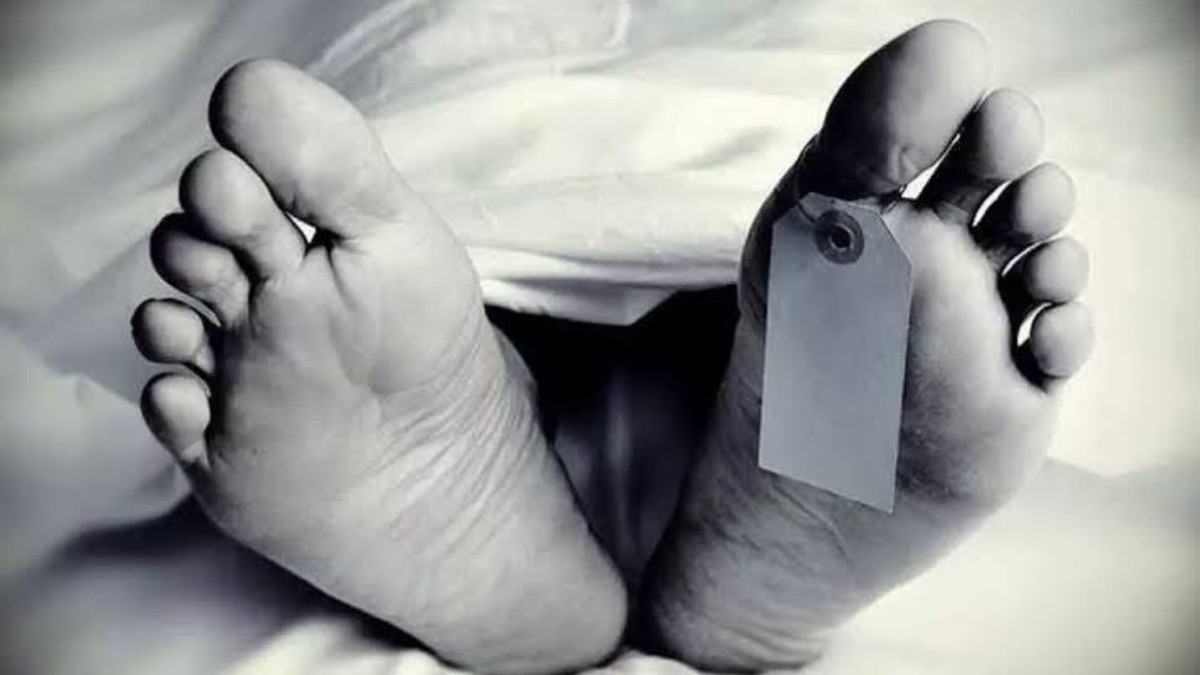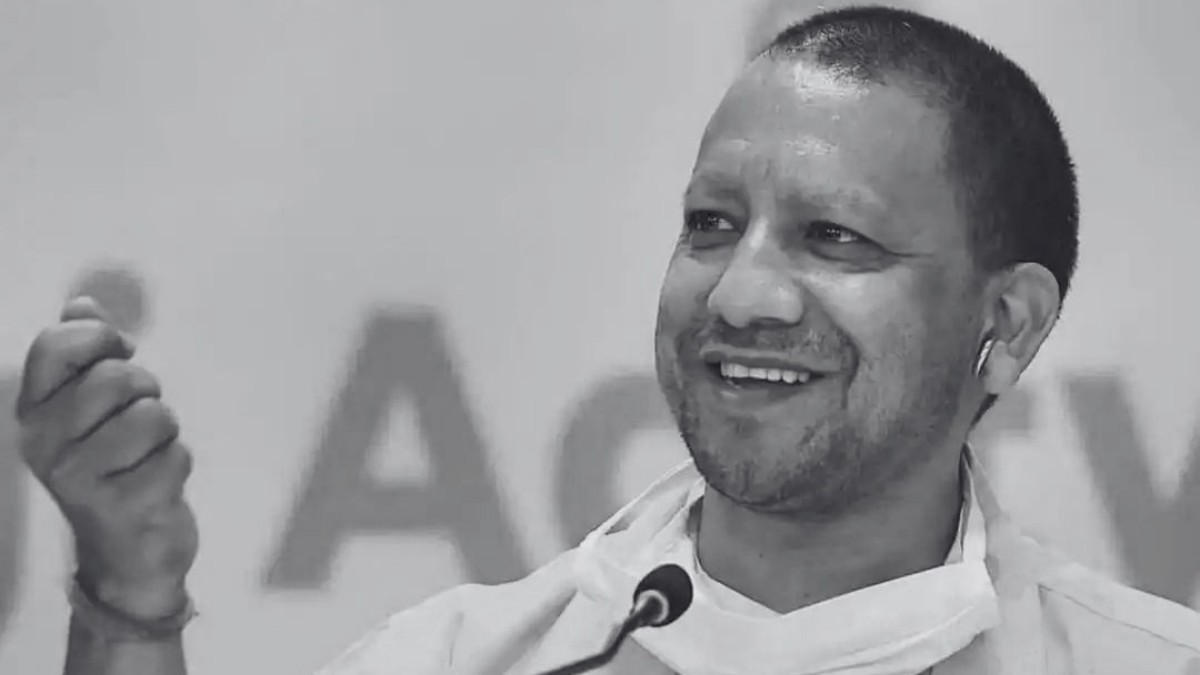Srinagar, Jul 17: Only 16 percent women in Jammu and Kashmir have comprehensive knowledge about HIV/AIDS, 26 percent women are tested for HIV during ANC, the National Health and Family Survey-5 (NHFS-5) has reported.
Also Read: Kashmiri pandits welcome Hajis returning from Saudi Arabia, recite praises for Prophet
Official data with the news agency—Kashmir News Observer (KNO) said that 84 percent women in Jammu & Kashmir have heard of HIV or AIDS.
In urban areas, 88 percent know about HIV or AIDS, compared with 83 percent in rural areas. “Women age 25-29 are more likely (86%) than older women age 40-49 (81%) to have heard of HIV or AIDS. Women with no schooling (66%) and women with no regular exposure to media (81%) are less likely than other women to have heard of HIV or AIDS,” the survey said.
“Men are slightly more likely than women to know about HIV or AIDS. Eighty-nine percent of men in Jammu & Kashmir have heard of HIV or AIDS, including 92 percent in rural areas,” it added.
“Men are more likely than women to know how HIV/AIDS is transmitted and how to keep from getting it. For example, only 65 percent of women know that consistent condom use can help to prevent HIV/AIDS, compared with 75 percent of men, and 67 percent of women know that having just one uninfected partner who has no other partners can reduce the chance of getting HIV/AIDS, compared with 78 percent of men.”
Also Read: Charar-i-Sharief youth dies, another injured in Dras mishap
According to the survey, only 16 percent of women and 34 percent of men in Jammu & Kashmir have comprehensive knowledge about HIV/AIDS.
“Three-fifths (60%) of women and 66 percent of men in Jammu & Kashmir would be willing to take care of a relative with HIV/AIDS in their home. Higher proportion of women (68%) and men (79%) say that a female teacher who has HIV/AIDS but is not sick should be allowed to continue teaching. Almost two-thirds of women (65%) and over four-fifths of men (78%) think that people living with HIV/AIDS should be treated in the same public hospital as persons who are HIV negative.
“Over two-thirds of women (68%) women and almost four-fifths of men (79%) think that people living with HIV should be allowed to work in the same office with people who are HIV negative,” it added.
It said that 7 percent of women and 12 percent of men have blood transfusion. “Women are more likely than men to have received an injection in the past 12 months (57% of women, compared with 40% of men). A disposable syringe was used for injections for 92 percent of adults who received an injection in the past 12 months,” it said.
















